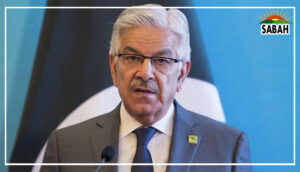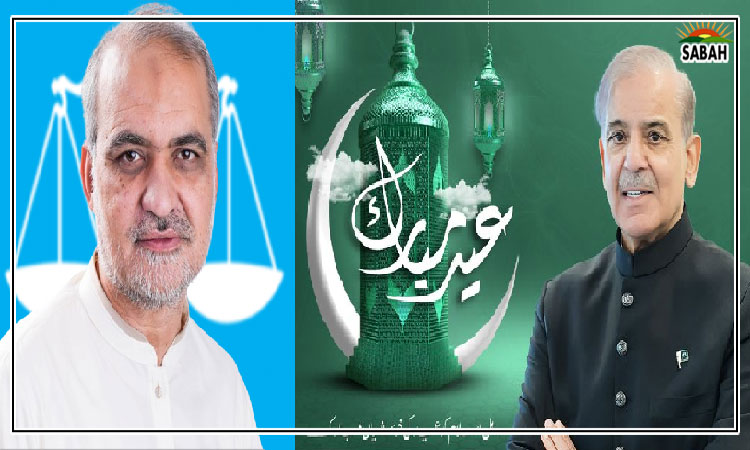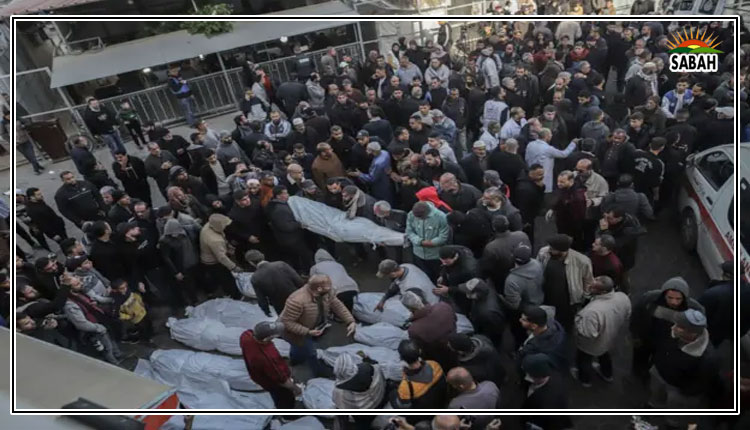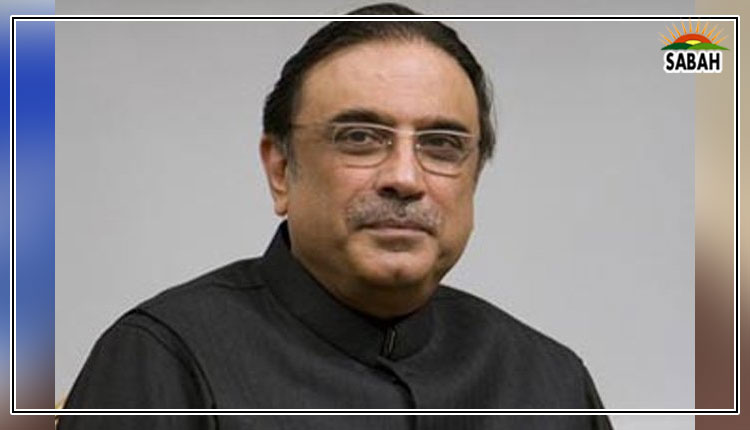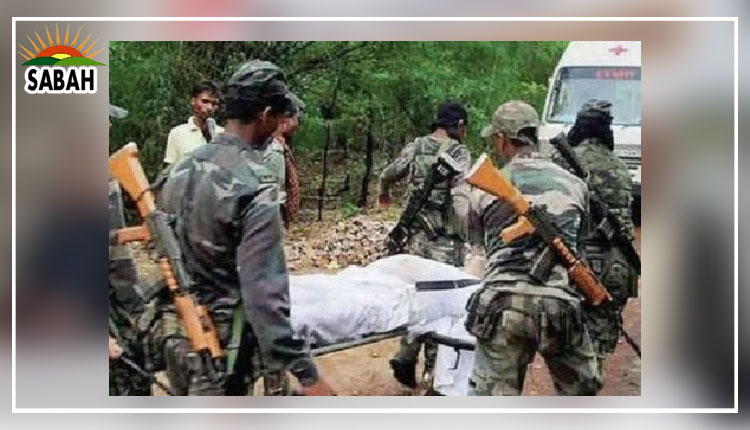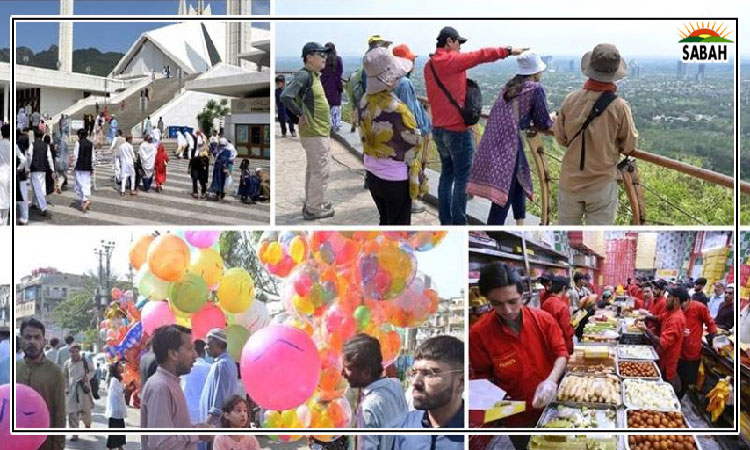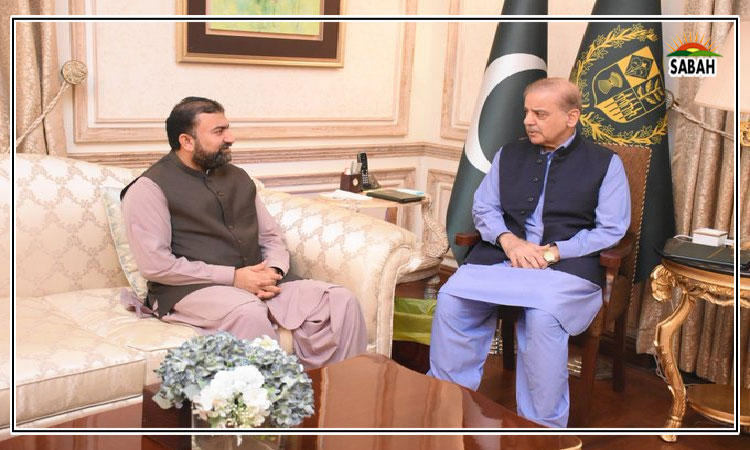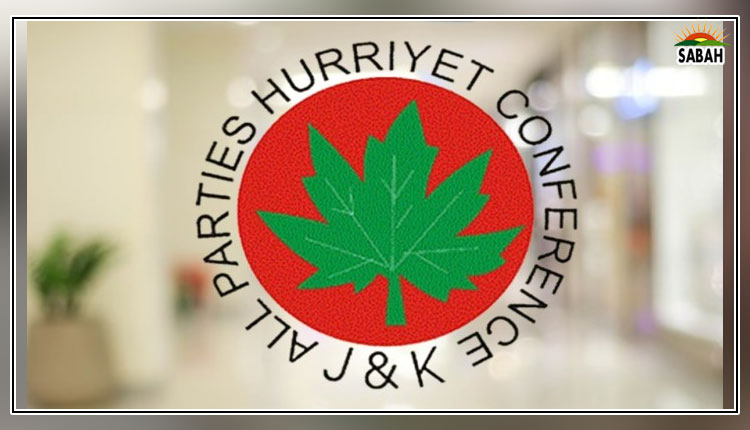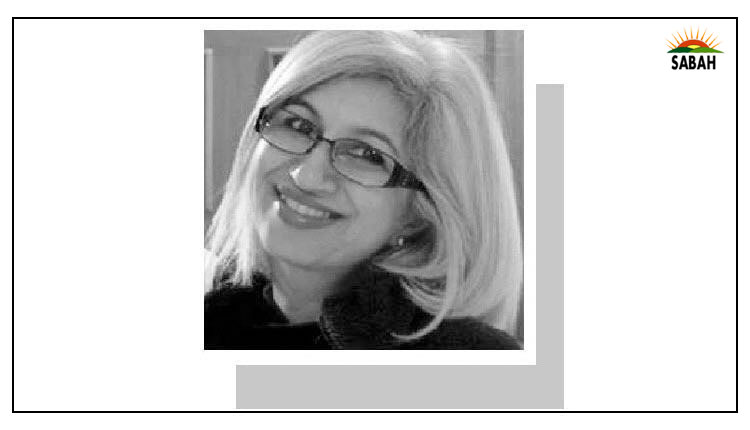Is Ogra listening? …. Zofeen T. Ebrahim
I HAVE a confession to make. For the last two years, I had been involved in an illicit activity — getting an LPG (liquefied petroleum gas) cylinder refilled for use at home, every 10 days from a makeshift shop in Karachi’s Shirin Jinnah Colony in the Clifton area. Till a few days ago, I found out that this refilling, which is called decanting (the process of filling a cylinder by transferring liquid LPG to it from another cylinder), when done outside an authorised filling plant, is deemed unsafe and, therefore, unlawful by the Oil and Gas Regulatory Authority (Ogra).
This is not the only shop. The one-kilometre stretch between Ziauddin Hospital and the Bees Number bus stop is dotted with about eight such shops. In Karachi, there are about 7,000 such khoka-style shops and across Pakistan, some 30,000. In the last four years, the shop owner I go to, says his business has grown. From 70 kg per day, in 2022, he is selling up to 160 kg per day currently. In the winter, he sells even more. This is because with almost no piped natural gas coming in, people from the more affluent areas in Clifton have turned to using this ‘poor man’s fuel’. The volume of gas these bungalow owners use, he says, is nearly five times that consumed by those living in the nearby informal settlements.
Along with the surge in the use of LPG, fatal accidents associated with this fuel have also increased. The death toll from the May 30 explosion at a gas-filling shop in the Paretabad neighbourhood in Hyderabad has climbed to 27. After Paretabad, two more explosions occurred in Bhitshah and Ratodero in Sindh.
Things are no better in the other provinces. A report by the Punjab Emergency Service Department cited by Dawn, showed a total of 328 incidents of fire caused by leakage and explosion of LPG cylinders in the last two years in the province.
The cylinders are put out in the market without having gone through metallurgy analyses or tensile strength tests.
With Pakistan left with just 18.34 trillion cubic feet of the fuel from its natural gas reserves of 63.248 TCF, output declining at the rate of eight per cent per annum, and with expensive electricity, domestic consumers are relying more and more on LPG as their energy alternative. Last year, the Ogra chairman predicted that from 4,500-5,000 tonnes a day, LPG demand would increase to 15,000 tonnes in the next few years. Punjab is the highest consumer at 60pc, followed by Sindh and Balochistan at 15pc each, and KP, Gilgit-Baltistan and AJK cumulatively consuming 25pc.
After the explosion in Ratodero, the administration did what local administrations in Pakistan do best: it sealed 14 refilling shops that were in the heart of the town. This knee-jerk reaction may lessen the number of casualties but will not prevent accidents from happening.
As businesses go, the increase in LPG demand has led to an increase in the number of LPG-marketing companies operating in Pakistan. From just 11 such companies in 1978, today there are over 315 players distributing gas through as many plants. Incidentally, all have been granted operating licences by Ogra, but without the authority’s oversight to ensure compliance with safety codes.
In comparison, India with over 1.4 billion people, and a much greater fuel need, has just 22 such marketing companies. Even Malaysia, Thailand, Hong Kong, Vietnam have only a handful each.
One wonders why Pakistan needs over 300 companies plying a hazardous trade that the regulatory authority is clearly unable to manage. Has any feasibility study been done to find out if there is a need for so many companies in the first place? Some suspect Ogra’s profit motives. In that case, why is the petroleum ministry not questioning this disorderly expansion?
Across the globe, because of its volatile nature, LPG is stored and transported in specially designed cylinders with utmost care while adhering to international safety protocols. But in Pakistan, the story is quite different. In the last six to seven years, over 50 cylinder-manufacturing cottage industry units have sprung up in Gujranwala, violating the SOPs and guidelines issued by Ogra, say experts. The cylinders are put out in the market without having gone through metallurgy analyses or tensile strength tests.
That is not all, there is the question of the quality of fuel used. Of the 40pc LPG imported, a major chunk is Iranian LPG. The one coming via the sea route is carefully tested before it is offloaded, but there is no such checking of the same fuel coming to Gwadar and Taftan by road. Experts say Pakistan should be wary of this sulphur-rich fuel which is carcinogenic when burnt.
Since reliance on LPG will increase, a safety framework needs to be in place. This can include strict regulatory oversight, regular inspections and an ongoing public awareness campaign, regarding this relatively cleaner fuel made of propane and butane, but which is highly flammable and needs delicate handling.
It is time Ogra got its act together and enforced stringent standards for manufacture and the use of safe LPG cylinders. This would mean sealing those units producing cylinders without following design codes. This would only be possible if regular inspections are carried out and heavy penalties imposed on those flouting safety rules. It should be made mandatory for marketing companies to go through regular inspections of their equipment and put their workforce through trainings and refreshers each time they want to renew their licences to produce, distribute and refill cylinders. Now that more and more people are using LPG, it is important to hold regular public awareness campaigns on the safe handling of LPG cylinders, their maintenance and what to do in case of an explosion. At the same time, people should also be made aware of the faulty cylinders that are available in the market. n
The writer is a Karachi-based independent journalist.
Courtesy Dawn, June 15th, 2024


